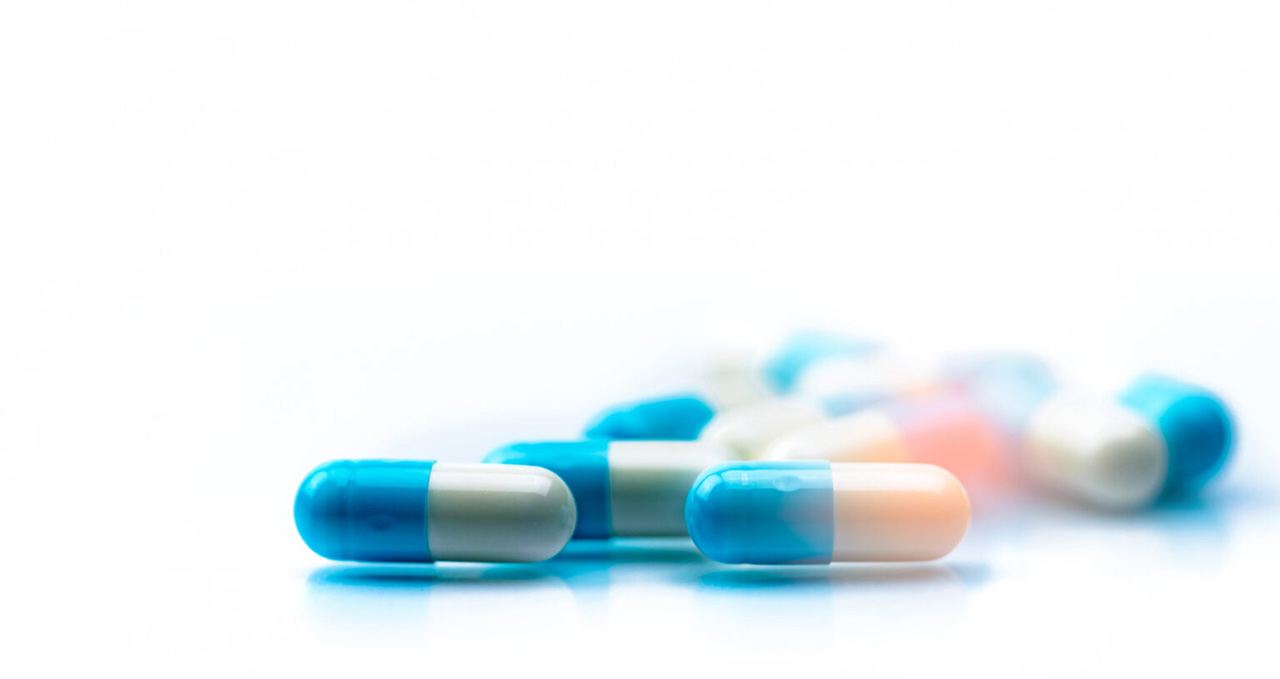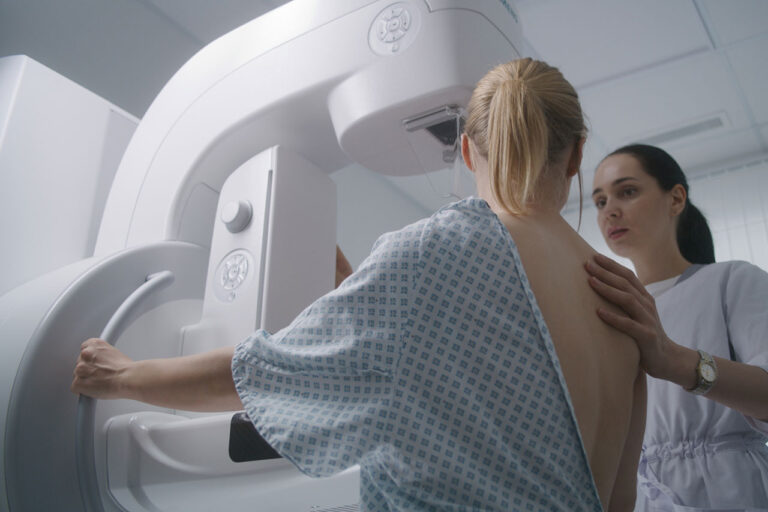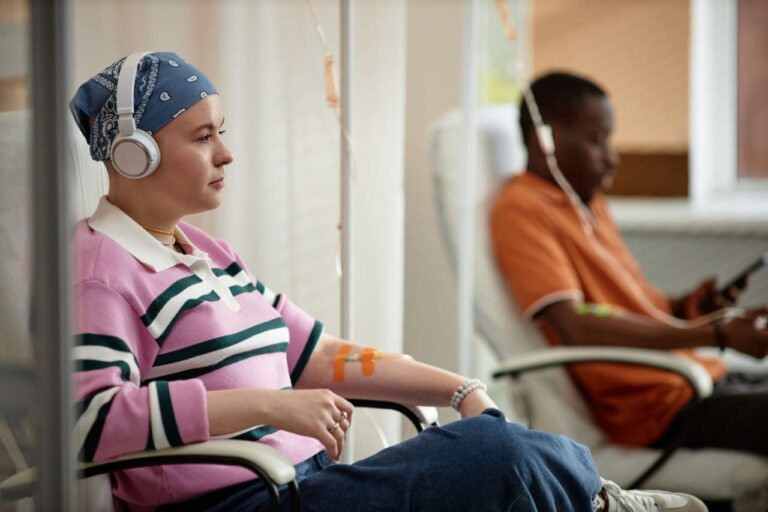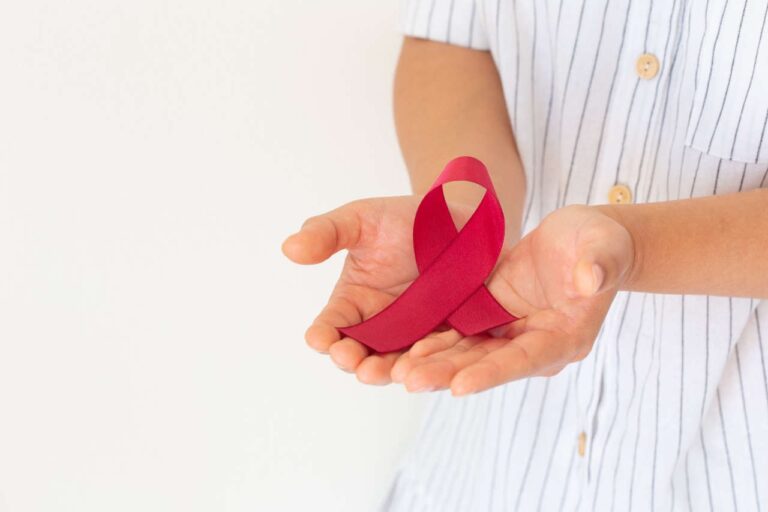
阿卡替尼是什么?
阿卡替尼(发音为[a KAL a broo ti nib])的商品名是Calquence。它是一种化疗药物和抗肿瘤药物,属于一种名为 吨酪氨酸激酶抑制剂 酪氨酸激酶抑制剂 (TKI)。TKI 通过抑制酪氨酸激酶发挥作用,从而阻止细胞生长和分裂。Calquence 不被视为危险物质。
什么是化疗?
化疗是一种癌症治疗方法,使用某些药物杀死癌细胞。这些药物通常是细胞毒性化学物质,对细胞有毒性,会限制细胞生长、阻止细胞分裂,最终杀死细胞。
Calquence 如何使用?
Calquence 已获得美国食品药品监督管理局 (FDA) 批准,用于治疗不同类型的无法治愈的血癌,例如 慢性淋巴细胞白血病(CLL)、小淋巴细胞淋巴瘤 (SLL) 或套细胞淋巴瘤 (MCL)。Calquence 可单独使用或与其他 化疗药物, 喜欢 奥比妥珠单抗 (Gazyva),取决于癌症的严重程度和类型。
可用配方
Calquence 仅以胶囊形式提供,必须口服。胶囊规格仅为 100 毫克。胶囊呈黄蓝相间,印有“ACA 100 毫克”字样。Calquence 每日服用两次,具体剂量取决于癌症类型或严重程度以及其他因素。请咨询您的医生,确认正确的剂量和服用频率。
使用方法
Calquence 可与食物同服或单独服用,但应用水送服。服用胶囊时,请整粒吞服;请勿打开、掰开、压碎、咀嚼或使其在口中溶解。如果与静脉注射的 obinutuzumab (Gazyva) 联合使用,建议在输注前至少一小时服用 Calquence。
漏服剂量
如果您不小心漏服了一剂,且已超过3小时,请跳过漏服的剂量,继续服用下一剂。请勿服用额外剂量来弥补漏服的剂量。
贮存
将胶囊存放在室温下阴凉干燥处,并确保瓶子紧闭。
服用 Calquence 时应避免什么?
在接受Calquence治疗期间,您必须遵循一些预防措施。请务必告知您的医生您正在服用的任何药物。 未经医生或药剂师事先同意,请勿服用任何药物(即使是草药或非处方药),因为 它们可能与 Calquence 有显著的相互作用。
未经医生事先同意,避免进行任何类型的免疫接种或疫苗接种。尽量减少日晒,外出时使用防晒霜。服用此药时,请与任何抗酸剂或胃酸抑制剂(如Tums、雷尼替丁或法莫替丁)间隔至少2小时。避免服用任何 质子泵抑制剂 (PPI)与 Calquence 完全结合(如泮托拉唑、奥美拉唑等)。
治疗期间避免食用葡萄柚、葡萄柚汁以及任何含有葡萄柚或葡萄柚汁的食物或补充剂,因为它们可能与药物发生相互作用。避免饮用任何酒精饮料,尤其是在服用 Calquence 与奥比妥珠单抗联合治疗期间。可能需要在任何预定的手术前 3 至 7 天停用 Calquence。
怀孕和 Calquence
育龄女性在开始化疗前必须检查妊娠状况。治疗期间及最后一次服药后1周内必须采取有效的避孕措施。Calquence可能对胎儿造成损害,因此不建议哺乳期女性在治疗期间使用。最后一次服药后至少2周内也应避免哺乳。
副作用
与任何其他药物一样,服用 Calquence 时可能会遇到许多副作用。需要注意以下几点:
- 您可能不会出现以下列出的所有副作用。许多人可能几乎没有副作用。
- 副作用的严重程度可能因人而异,因此不要将您的副作用与其他人的经历进行比较。
- 停止治疗后,大多数副作用都会改善。
- 这些副作用大多数情况下都很容易控制,只需调整 Calquence 的剂量或使用其他药物来缓解症状即可。请咨询您的医生或药剂师,了解可用的治疗方案。
- 不要隐瞒任何症状;当您感到任何不适时,请毫不犹豫地告诉您的医生或药剂师。
笔记:此列表并未涵盖所有副作用。如有任何疑问,请咨询医生。
Calquence 的一些最常见的副作用是:
恶心和呕吐
开始化疗后,您可能会感到急性或延迟性恶心和呕吐。这些症状通常在开始治疗后几小时或几天内消失。如果恶心或呕吐严重,请联系您的医生,看看他们是否可以添加 止吐药 遵循饮食方案。饮食习惯应少量多餐,每日4至6次。尽量避免一次吃太多。保持身体水分充足,全天补充水分。恶心和呕吐可能导致腹痛,也可能导致食欲下降,从而导致体重减轻。
腹泻或腹痛
如果您每天水样便超过四次,或经常出现稀便、水样便,则可能患有腹泻。这是Calquence最常见的副作用之一。腹痛可能与腹泻有关。请保持身体水分充足,并摄入大量液体以维持体内水分平衡。避免食用生食、水果、蔬菜、全麦面包、谷物、种子以及任何其他可能加剧腹泻的食物。有助于降低腹泻风险的食物包括煮鸡肉或烤鸡肉(白肉)和白米饭。在极少数情况下,腹泻可能会变得严重。如果发生这种情况,请立即就医。60岁或以上的患者可能更容易出现这些副作用。
出血并发症
可能出现的出血问题包括:瘀伤;黑便、柏油样便或血便;牙龈出血;尿血;咳血;割伤需长时间止血;头晕、疲倦或虚弱;流鼻血;疼痛或肿胀;月经量增加;呕血;呕吐物呈咖啡渣状;或剧烈头痛。这些副作用可能导致严重的出血事件;因此,如果出现任何这些出血并发症,请告知您的医生。可能需要在任何预定的手术前3至7天停用Calquence。
感染风险
接受 Calquence 治疗期间,感染风险较高。感染可能包括真菌、细菌(如肺炎)或病毒感染(如乙肝)。如果您之前感染过乙肝,使用 Calquence 可能会导致病毒感染复发。为了最大程度地降低感染风险,务必避免前往人群密集场所、食用不卫生的街头食品、接种某些疫苗等。感染的早期症状可能包括咳嗽、发冷、发烧、流感或呼吸困难。如果您出现任何感染,请立即就医。
骨髓抑制
定期进行血液检查至关重要,尤其是全血细胞计数(CBC)。CBC 血液检查能够检测出 Calquence 的潜在副作用,包括白细胞减少症(白细胞水平低), 血小板减少症 (血小板计数低)、中性粒细胞减少症(白细胞低)和贫血(红细胞低),这些都是使用 Calquence 的潜在副作用。
心律并发症
Calquence 可能引起心律并发症,例如心房颤动或心房扑动。症状可能包括呼吸急促、心律不齐、胸部不适或头晕。有高血压或心律失常病史的患者风险更高。
继发性恶性肿瘤
Calquence基因突变在治疗期间可能引发继发性癌症。最常见的癌症是皮肤癌,因此治疗期间务必避免日晒,并在户外使用防晒霜。如果皮肤上出现任何新的肿块或痣,请立即就医。
其他常见的副作用可能包括:
- 肌肉压痛或疼痛
- 疲劳
- 皮疹
- 瘀伤
- 颈部、关节或骨骼疼痛
防范措施
除非得到医生的批准,否则通常不建议在以下情况下使用 Calquence:
- 对 Calquence 过敏的患者。过敏反应可能导致全身皮疹、呼吸急促、喘息、头晕、口周或眼周肿胀、心率加快、呼吸困难和出汗。如果您出现任何这些症状,请停止使用 Calquence,并立即联系医生或寻求紧急帮助。
- 有高血压风险或有高血压病史的患者 心律失常. 应定期监测血压。
- 接受择期手术的患者。Calquence 可能需要在预定手术前后 3 至 7 天停用。
常见问题解答
Calquence 是化学药剂吗?
化疗药物 是用于治疗各种癌症的药物。Calquence 可以杀死癌细胞,因此是一种化疗药物。它被推荐作为各种癌症患者的治疗选择。
服用 Calquence 的最佳时间是什么时候?
Calquence 可与食物同服或单独服用,但应用水送服。服用胶囊时,请整粒吞服;请勿打开、掰开、压碎、咀嚼或使其在口中溶解。如果与静脉注射的 obinutuzumab (Gazyva) 联合使用,建议在输注前至少 1 小时服用 Calquence。
阿卡利替尼有仿制药吗?
目前,阿卡利替尼尚无仿制药,仅提供品牌药 Calquence。
参考:
Abbas, HA, & Wierda, WG (2021). 阿卡替尼:一种用于治疗B细胞恶性肿瘤的选择性布鲁顿酪氨酸激酶抑制剂。《肿瘤学前沿》,第11卷,1620页。
阿卡替尼出处:Lexi-drugs online [互联网数据库]。Hudson (OH): Lexicomp, Inc.;2016 [更新于 2021 年 11 月 6 日;引用于 2021 年 11 月 9 日]。网址:http://online.lexi.com
阿卡替尼. 见:深度解答 [互联网数据库]。格林伍德村 (科罗拉多州):IBM 公司;2017 年 [2021 年 11 月 9 日引用]。网址:www.micromedexsolutions.com。
Byrd, JC, Harrington, B., O'Brien, S., Jones, JA, Schuh, A., Devereux, S., … & Furman, RR (2016). 阿卡替尼 (ACP-196) 治疗复发性慢性淋巴细胞白血病。《新英格兰医学杂志》,374(4), 323-332。
Calquence:用途、剂量、副作用、警告。Drugs.com。(nd)。检索日期:2021 年 11 月 9 日,来源:https://www.drugs.com/Calquence.html。
Ghia, P.、Pluta, A.、Wach, M.、Lysak, D.、Kozak, T.、Simkovic, M....和 Jurczak, W. (2020)。 ASCEND:acalabrutinib 与 idelalisib 加利妥昔单抗或苯达莫司汀加利妥昔单抗治疗复发或难治性慢性淋巴细胞白血病的 III 期随机试验。临床肿瘤学杂志,38(25), 2849-2861。
Luttwak, E.、Gurevich-Shapiro, A.、Azem, F.、Lishner, M.、Klieger, C.、Herishanu, Y.、… & Avivi, I. (2021)。妊娠期淋巴瘤治疗新药:综合文献综述。《血液评论》,100831
Sharman, JP、Banerji, V.、Fogliatto, LM、Herishanu, Y.、Munir, T.、Walewska, R. 和 Byrd, JC (2019)。ELEVATE TN:阿卡替尼联合奥比妥珠单抗 (O) 或单药治疗对比 O 联合苯丁酸氮芥 (Clb) 治疗初治慢性淋巴细胞白血病 (CLL) 患者 (Pts) 的 3 期研究。
Singh, SP, Dammeijer, F., & Hendriks, RW (2018). 布鲁顿酪氨酸激酶在B细胞和恶性肿瘤中的作用。《分子癌症》,17(1), 1-23。
Wang, M., Rule, S., Zinzani, PL, Goy, A., Casasnovas, O., Smith, SD, … & Jurczak, W. (2018). 阿卡替尼治疗复发或难治性套细胞淋巴瘤 (ACE-LY-004):一项单组、多中心、2期临床试验。《柳叶刀》,391(10121), 659-667。
Wu, J., Zhang, M., & Liu, D. (2016). Acalabrutinib (ACP-196): 一种选择性第二代 BTK 抑制剂。《血液学与肿瘤学杂志》,9(1), 1-4。












